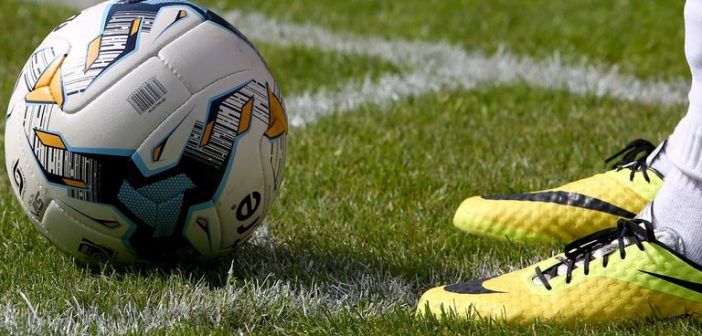WE'RE delighted to have Alex Vella (@AlexVella_) from Trademate Sports back on WLB to give us the lowdown on variance in sports betting, and why you should be aware of it.
The beginners guide to variance in sports betting
Contrary to a lot of noise on social media, it is impossible to win every bet. Sports betting results are hugely affected by luck and that is why it is important to take a mathematical approach to your betting and always look to bet on a bigger number than what the true odds of a game are.
If you bet on Liverpool to win at eves (2.00), but by the time of kick-off the odds are at 4/5 (1.80), you have found value. Repeat that scenario thousands of times and statistics say you will make a profit in your betting.
Value bet ≠ Sure win
Just because you’ve placed that value bet on Liverpool doesn’t mean you are going to win though. There’s still a 44.4% chance the bet will lose.
Take the old coin flip example. Even though it’s a 50/50 chance of landing on heads or tails, if you flip the coin 10 times, will it always land on heads five times? No.
Flip the coin 100 times, will it always land on heads 50 times? No. Flip the coin 1,000 times, will it always land on heads 500 times? No. You get the idea!
Now, let’s get familiar with the term; ‘law of large numbers’.
The law of large numbers, in probability and statistics, states that as a sample size grows, its mean gets closer to the average of the whole population.
In simple terms, this means the more times you flip the coin, the closer you will get to a nice 50/50 split.
Large numbers in sports betting
So, how does this all relate to sports betting? Well, it’s the exact same concept as the coin flip but imagine you are placing value bets.
I could get very technical here and show you a few graphs and distributions to see exactly how placing value bets will turn out in the long run, but I will keep it as simple as possible using the Liverpool example above.
If you bet on Liverpool at evens (2.00) – implied 50% chance of winning – and they win, you double your money. But, the true odds are 4/5 (1.80), which means they are actually a 55.6% chance of winning.
Repeat this process over and over, and you are essentially betting on a scenario where you get to double your money and there is a 55.6% chance of winning!
It’s basically the same as saying to your mate; “If this coin lands on heads, you have to give me $10. But if it lands on tails, I’ll give you £8.”
Variance in sports betting
But here’s the problem, even if you are placing value bets over and over it doesn’t mean you will be profitable in the short term.
The only way to make value betting work is to place a lot of value bets, that way the more bets you place, the closer you’ll get to your expected results.
Some people will get off to a flying start and make lots of money in their first 100 value bets. The opposite will happen to some. But whatever the outcome, value betting is all about the long-term. The short-term is just all variance.
Quick tips on how to reduce variance
- Bet on lower odds ranges. The higher in odds you go, the more likely you are to go on long losing streaks and the more bets you will have to place before your variance has evened out.
- Set a max bet size. Never bet more than 2% of your overall bankroll on one game. As I mentioned above, just because you place a value bet, it doesn’t mean it’s a sure thing!
- Take a long term approach to your betting.





1 Comment
Good